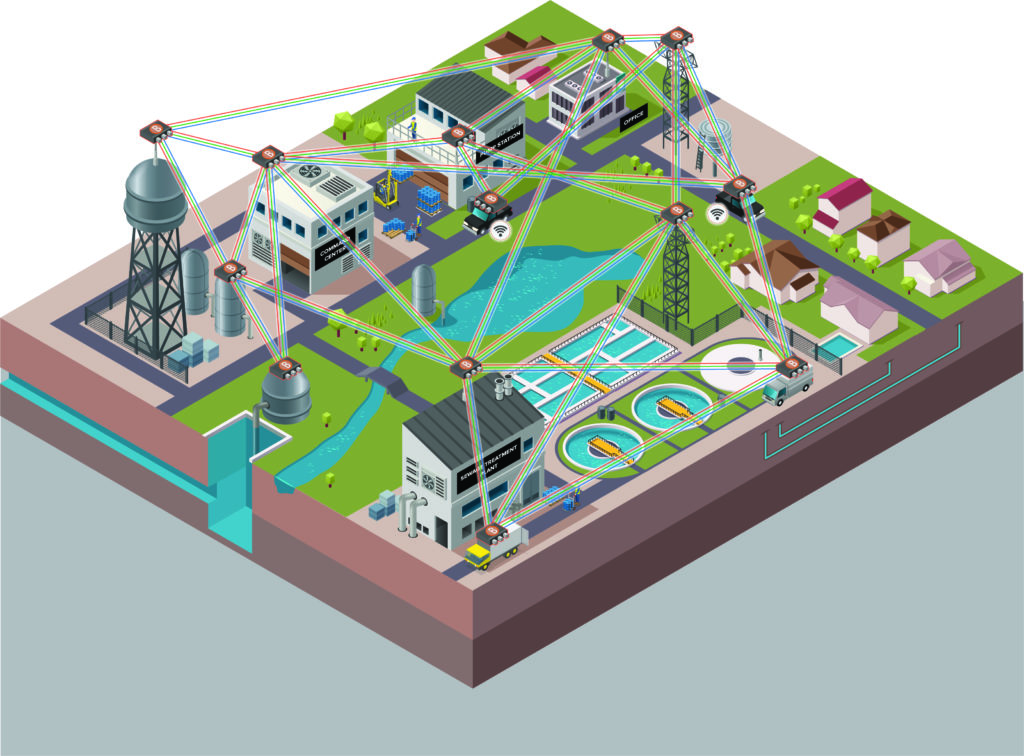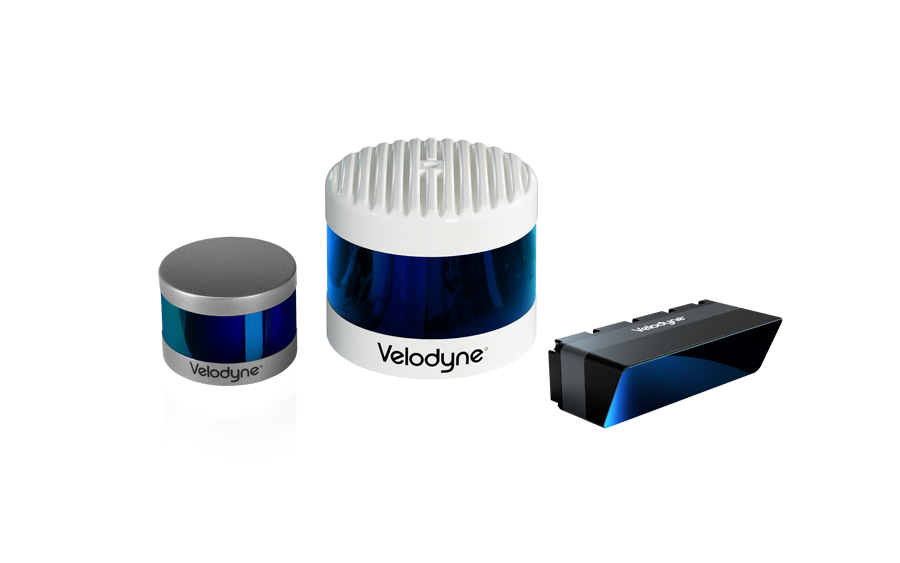
As autonomous solutions, such as vehicles, robotics, drones, and more, become mainstream in business operations, their ability to move and communicate is network dependent. These systems need continuous vehicle to vehicle (V2V) mobile connectivity to function effectively. Intermittent breaks in connectivity, even if they occur only momentarily, can cause autonomous systems to stop running altogether.
Rajant Kinetic Mesh® industrial wireless networks provide a continuous V2V communications link, enabling autonomous solutions to output real-time data and receive real-time input needed to conduct their business missions. The easily-deployable networks are ideal for connecting moving systems because their radio nodes, known as BreadCrumbs®, can be placed directly on all mobile assets without existing infrastructure requirements. They operate autonomously and dynamically, self-optimizing to maintain reliability as assets within the network move.
To learn more about Rajant and how its wireless networks power autonomous solutions, we chatted with Angela Quinn, Rajant’s VP Crypto Robotics and Drones.
Quinn: A Rajant Kinetic Mesh network consists of radios (or BreadCrumbs) that all communicate with each other and/or via industrial IoT devices. As more BreadCrumbs are added for expansion, an elastic connection simply occurs to strengthen the network, expanding the overall coverage with the radios and the end devices.
Because of the self-configuring functionality of Rajant’s InstaMesh® protocol, deployment of a Kinetic Mesh network does not require a team of network engineers. All radios that can see or hear others can communicate with each other. After initial configuration, when new BreadCrumbs are turned on, they automatically begin communicating with other nodes in the area. The radios provide a network that can support both static and mobile connections.
BreadCrumbs offer up to quad radios with multiple frequencies to gain the highest level of network connections working around interference and obstacles, providing a mesh net cast over an expansive region or campus. They are full-feature rich to support voice, video and real-time data solutions with low latency, high bandwidth, resiliency and optional encryption.

Quinn: Rajant is a leader in mobile, real-time data. Our radios can be mounted directly on vehicles, vessels, robots and drones. This gives the operations of a mobile fleet the ability to expand indoor and outdoor applications, while delivering data and video at speeds up to 135 Mph. High scalability with low latency working securely peer-to-peer to form robust and redundant links between assets (moving or static) happens with speed even as the environment changes.
Quinn: Network latency is a technical concern of lidar and Rajant overcomes this. The challenge is keeping a virtual, persistent connection to the network, not to drop packets and avoid jitter in the networking of the live data. We have a “make-make-make-never-break” approach to ensure we never lose a connection and avoid any time delay between sending information from one point to the next. Lidar data in the field is for vehicle avoidance with each other. Wi-Fi, 4G and even 5G cannot operate through or around obstacles, so a disconnect (ever so slight) is inevitable. Rajant overcomes the latency issue.
Quinn: In a Smart City application, you have many real-time data applications. One example the intelligent transportation system (ITS) for traffic lights and cameras. Another is the police, who need to download as well as upload life and death information, updated within a minute’s notice. Along with video applications off the vehicles to a command center, much is the same for fire departments needing building plans as they roll out to fires to ensure the safety of firefighters. Hazmat, as well as riot patrol, need a perimeter in coverage for assistant devices, such as robots.
Layer in the potential of self-driving vehicle collision detection and avoidance solutions, such as lidar, and Smart Cities have zero-tolerance for latency or network failure. What’s required is a network that is self-healing and can expand in emergencies for tactical urgencies. Networking for a static or point-to-point environment is easy. When mobility and autonomy are layered in, Rajant Kinetic Mesh with Instamesh delivers instantaneous, easy-to-install and easy-to-maintain networking that is scalable, secure, resilient and durable.
Quinn: Test tracks, which are used for new vehicle testing, provide many challenges for traditional communication technologies, with their winding roads covering vast areas with a limited line of sight. Vehicle monitoring requires significant bi-directional throughput, which neither LTE nor Wi-Fi can provide.
This is where Rajant’s V2X based Kinetic Mesh technology enters the picture. Rajant capabilities enable the creation of secure mesh networks while providing high throughput data transfer between multiple vehicles. This offers improved reliability over standard WLAN technology, making it ideal for vehicle testing. Rajant has been designing and deploying sub-millisecond V2X systems since our creation in 2001 and we have been supporting technologies such as lidar in a mobile application. Layer in our encryption capabilities and you have the secure car communications automotive manufacturers rely on for V2X communications for autonomous applications.

Velodyne Lidar (Nasdaq: VLDR, VLDRW) ushered in a new era of autonomous technology with the invention of real-time surround view lidar sensors. Velodyne, a global leader in lidar, is known for its broad portfolio of breakthrough lidar technologies. Velodyne’s revolutionary sensor and software solutions provide flexibility, quality and performance to meet the needs of a wide range of industries, including robotics, industrial, intelligent infrastructure, autonomous vehicles and advanced driver assistance systems (ADAS). Through continuous innovation, Velodyne strives to transform lives and communities by advancing safer mobility for all.